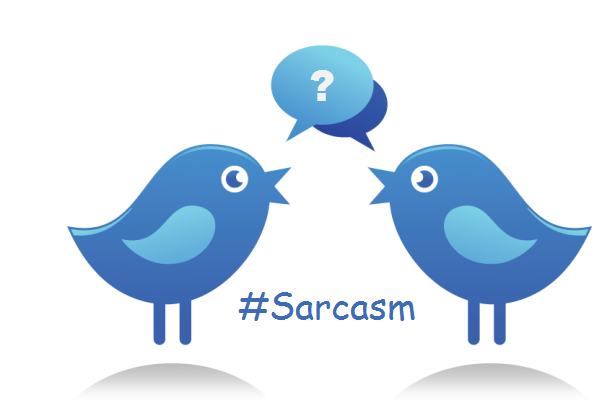Researchers have developed algorithms that detect sarcasm on social media platforms.
When trying to convey irony or sarcasm in writing, many social cues are lost, and the intent can be completely misunderstood.
Luckily, researchers have developed a “sarcasm detector” that relies on contextual evidence to determine whether or not someone is being sarcastic in writing rather than depending on eye contact and body language for cues.
According to research by David Bamman and Noah A. Smith at Carnegie Mellon University, “Most computational approaches to sarcasm detection … treat it as a purely linguistic matter, using information such as lexical cues and their corresponding sentiment as predictive features.”
Unfortunately, lexical cues alone cannot decipher the overall intended meaning of a linguistic utterance or speech act. Cultural differences, interpersonal relationships, and other anthropological background information is required to fully understand the context.
The sarcasm professors have shown that “by including extra-linguistic information from the context of an utterance on Twitter – such as properties of the author, the audience and the immediate communicative environment – we are able to achieve gains in accuracy compared to purely linguistic features in the detection of this complex phenomenon.”
By collecting data from Twitter posts, Bamman and Smith were able to analyze factors such as keywords, common phrases, the density of hashtags, and the use of intensifiers such as dare, shocked, clearly, so, very, and too.
Analyzing these “Tweet Features” have helped the researchers to develop an overall picture of when someone is being sarcastic. Among the most informative of the above has been the use of hashtags in determining sarcasm.
Apart from the obvious #sarcasm, the more hashtags someone uses, combined with emoticons, the more the sarcastic meaning can be fully grasped.
Interestingly, using #sarcasm has been found to be reserved for audiences that are unknown to the writer while utterances among family, friends, and acquaintances are usually more understood and the hashtag is not required.
The researchers point out that “in the absence of shared common ground required for their interpretation, explicit illocutionary markers are often necessary to communicate intent” – such as the hashtag or emoticon.
However, even with a maximum success rate of 85.1% sarcasm detection in certain tests, more research is still needed. As anyone who has had a frustrating or confusing text with family members can personally attest, using sarcasm in writing with a loved one oftentimes can lead to awkward misinterpretations.
“Studying sarcasm that does rely on common ground (and does not require such explicit markers) will likely need to rely on other forms of supervision,” the paper concludes.












